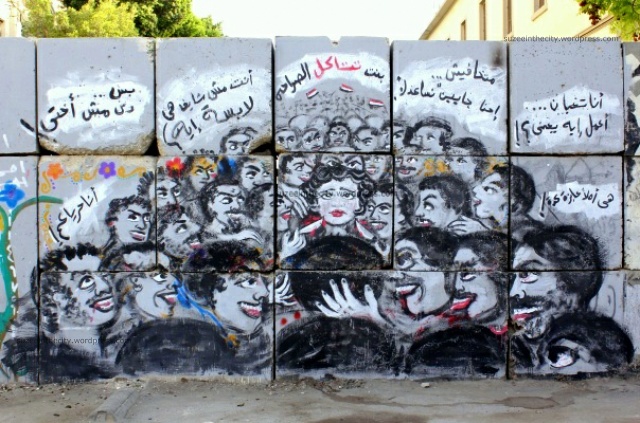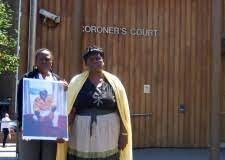
In Los Angeles County, there is one bus route, the 305, that directly links the low- and no-income residents of the southern suburbs to the wealthy homeowners of the West Side. Millions rely on the 305. Millions of employers, millions of workers. The 305 only exists because of decades-long struggles by people of color, in the streets, in the courts, in the corridors of power, in the living rooms and kitchens of neighbors and family. And after all that struggle, there’s one line. And that line is about to be closed.
It’s called an efficiency. Close the one line that actually serves low-income workers of color, and replace it with `a hub’. How’s that worked for the airline industry? Not so well, but that makes little to no difference. After all, what’s a few more unpaid, and costly, hours in transit in the daily lives of workers of color? It is estimated that the hub system will double the length of commutes and triple the price. Los Angeles doesn’t allow for free transfers from one line to another. It’s called efficiency.
Who are these workers? Janitors, nannies, maids. Women of color, women of color, women of color. Women of color with names. Guadalupe Lopez. Ana Hernandez. Marina Tejada. Silvia Conjura.
Every day hordes of `colored’ and Black women board the buses, and travel for hours, to tend to the needs, desires, idiosyncrasies, and mess of wealthy, more-often-than-not White individuals, families, households, neighborhoods, communities. Every day, women workers of color pay more and get less. Every day their debt increases. Every day their own families, households, neighborhoods, communities suffer the irretrievable lose of time. Every day.
And every day, the State figures out a new way, through efficiencies, of seizing yet another dollar, yet another hour, from the pocket, purses, bodies, and days and nights of these women of color. If this sounds familiar, it should. It was the logic of `public’ transport under the apartheid regimes in South Africa.
For coloured and African women workers, the State made transportation impossible and necessary, unaffordable … and required. It was a clear weapon in the war of some against the many. To this day, the country still struggles with the apartheid geography of impossible and unaffordable transport. As one writer noted yesterday, commenting on the death of his own nanny, Florence Mbuli, “You can now easily replace the word `Bantustan’ with `township’ or `informal settlement’”.
Yes, we can.
Across South Africa, women workers organize daily on the trains that take them to work. They organize domestic affairs, they organize political interventions, as women workers, as women of color. In Los Angeles County, the same is true. Women workers, every day on the bus, are organizing, organizing information, organizing domestic affairs, organizing political interventions.
Florence Mbuli lived to see the apartheid regime end. She lived to see her children grow up into “very successful people”. But the trains remain, the buses remain, the collective taxis remain, because the distances between home and work, the distances created by an apartheid logic of efficiency, remain. In fact, in many places, most notably the Cape Town metropolitan area, the distances have grown greater since 1994.
Today, Florence Mbuli rides with Guadalupe Lopez, Ana Hernandez, Marina Tejada and Silvia Conjura. Together they measure the time, the cost, the distances. Together they organize. The State can claim to reconcile individuals, even communities, but it can’t reconcile space. It can’t reconcile distances. From Watts to Westwood, from Khayelitsha and Mitchells Plain to Claremont and Rondebosch, and beyond, apartheid haunts domestic work.
(Photo Credit: Monica Almeida / The New York Times)



